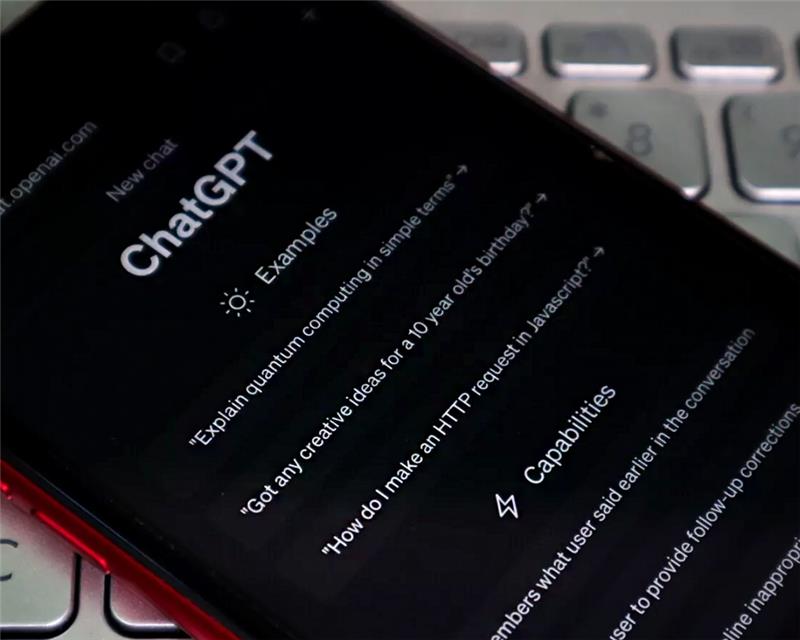August 1, 2025 By: JK Tech
ChatGPT just rolled out its new feature, Study Mode, available across Free, Plus, Pro, and Team plans. The idea behind this feature is to evoke critical thinking in users, specifically students. CGPTs have become an integral part of the academic journey despite the outright ban on the use of AI in writing across universities globally. A MIT study revealed that users who relied on AI for writing essays have reduced critical thinking ability as compared to those who used Google or composed it by themselves. Furthermore, those who initially used ChatGPT and then switched to brain-only still performed worse, suggesting potential lingering effects on cognitive habits. Considering that ChatGPT is less than 3 years old, it can be considered an alarming sign on the impact of its long-term usage or more aptly dependence.
How does the new feature help?
Designed for students, professionals, and lifelong learners, it reframes ChatGPT as a guided learning partner and not just an answer machine subtlety shifting power from “Tell me the answer” to “Help me understand.” Once enabled, Study Mode introduces a new learning workflow:
- Socratic Questioning: Users can expect responses such as “What do you think is happening here?” and fewer straight answers, nudging learners to engage critically rather than passively consume.
- Scaffolded Guidance: The material will be broken down into smaller parts, starting simple, then layering in complexity as your understanding deepens.
- Memory-Backed Personalization: If memory is enabled, the AI tailors help using your past sessions and stated learning goals (e.g., “Help me revise thermodynamics before Monday”).
- Knowledge Checks: This feature will also have built-in review questions and mini-quizzes to ensure that user has grasped the concept before moving forward.
- Materials Integration: Uploading class notes, problem sets, or PDFs directly into the chat will enable ChatGPT to study along the user rather than
Current Limitations
- Can Be Bypassed: Users can easily turn off Study Mode or switch back to standard ChatGPT, reducing its effectiveness as a consistent learning tool.
- Lack of Oversight Tools: There are currently no admin or parental controls that can monitor students stay within Study Mode or use it appropriately.
- Limited Evaluation Metrics: While it tests comprehension through built-in checks, it doesn’t have a dashboard that can track learning progress, goal completion, or provide detailed analytics.
- Demands Behavioral Change: ChatGPT’s wide use and acceptance is due to its straightforward responses, expecting users to answers questions rather than receiving requires a major shift in behavior which can prevent adoption.
- Learning Curve for Effective Use: Users need learn how to prompt effectively, upload helpful materials, and stay engaged to reap the full benefit of the feature.
What Does the Future Hold?
The key to ChatGPT’s Study Mode’s future lies in making AI-guided learning more interactive, individualized, and incorporated into traditional classroom instruction. OpenAI intends to incorporate multimodal inputs, such as PDFs and diagrams, voice assistance, and visual aids to improve engagement for students. It is anticipated that as the tool gradually develops, it will integrate with learning management systems and classrooms, giving teachers access to data on students’ progress and encouraging them to think critically rather than merely looking for solutions. It is an undeniable fact that AI has become an integral part of most students’ and academics’ life, it is time to find meaningful ways to integrate it with learning rather than putting an absolute ban on it. In the end, Study Mode wants to develop into a complete AI learning environment rather than just a tutoring tool.



